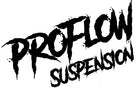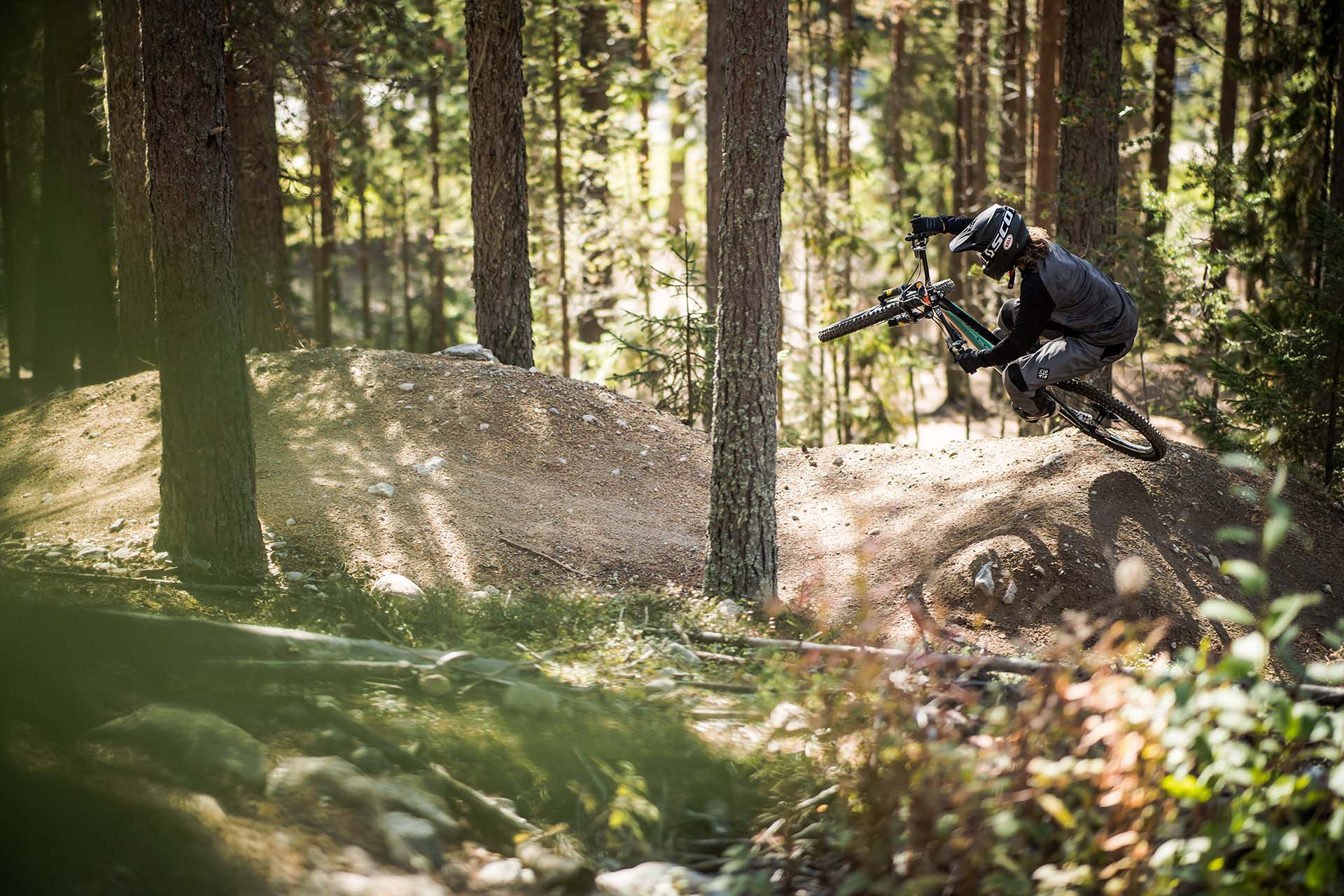Fork Servicing & Upgrades
You may want to know what's involved in servicing a mountain bike fork and why you should get your fork serviced regularly.
A mountain bike fork is designed to move and soak up the impact of any objects, big or small, that you ride over on the trails. Inside the fork are a number of moving parts which without regular servicing will dry out, let in dust and dirt, wear and eventually seize.
Regularly servicing your fork will ensure it's working properly which will make your ride safer and more enjoyable.
At ProFlow Suspension we strip the fork down to its component parts, inspect the parts for damage, clean everything, test the parts and reassemble the fork with brand new seals, oil, grease and foam rings.
We then test the fork using our CTW Dyno to ensure the forks are working correctly and are not faulty.








